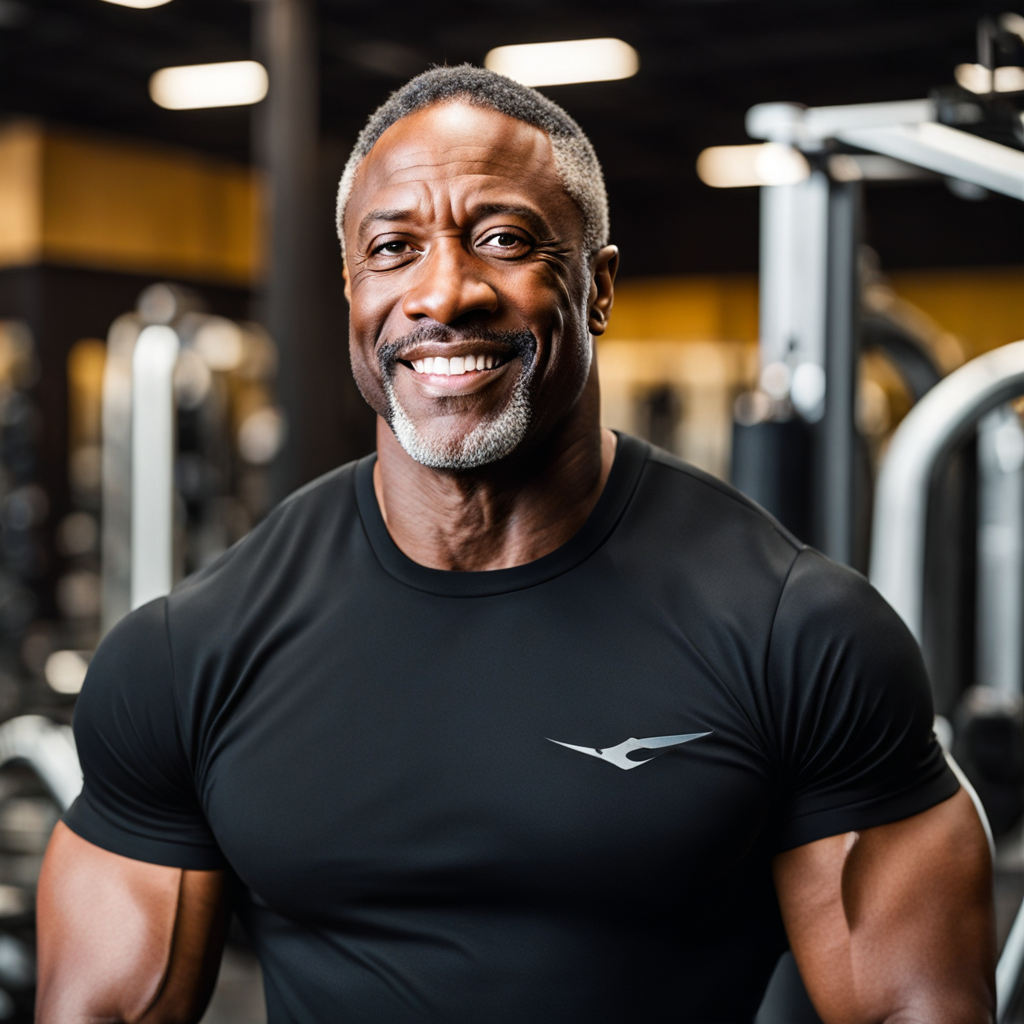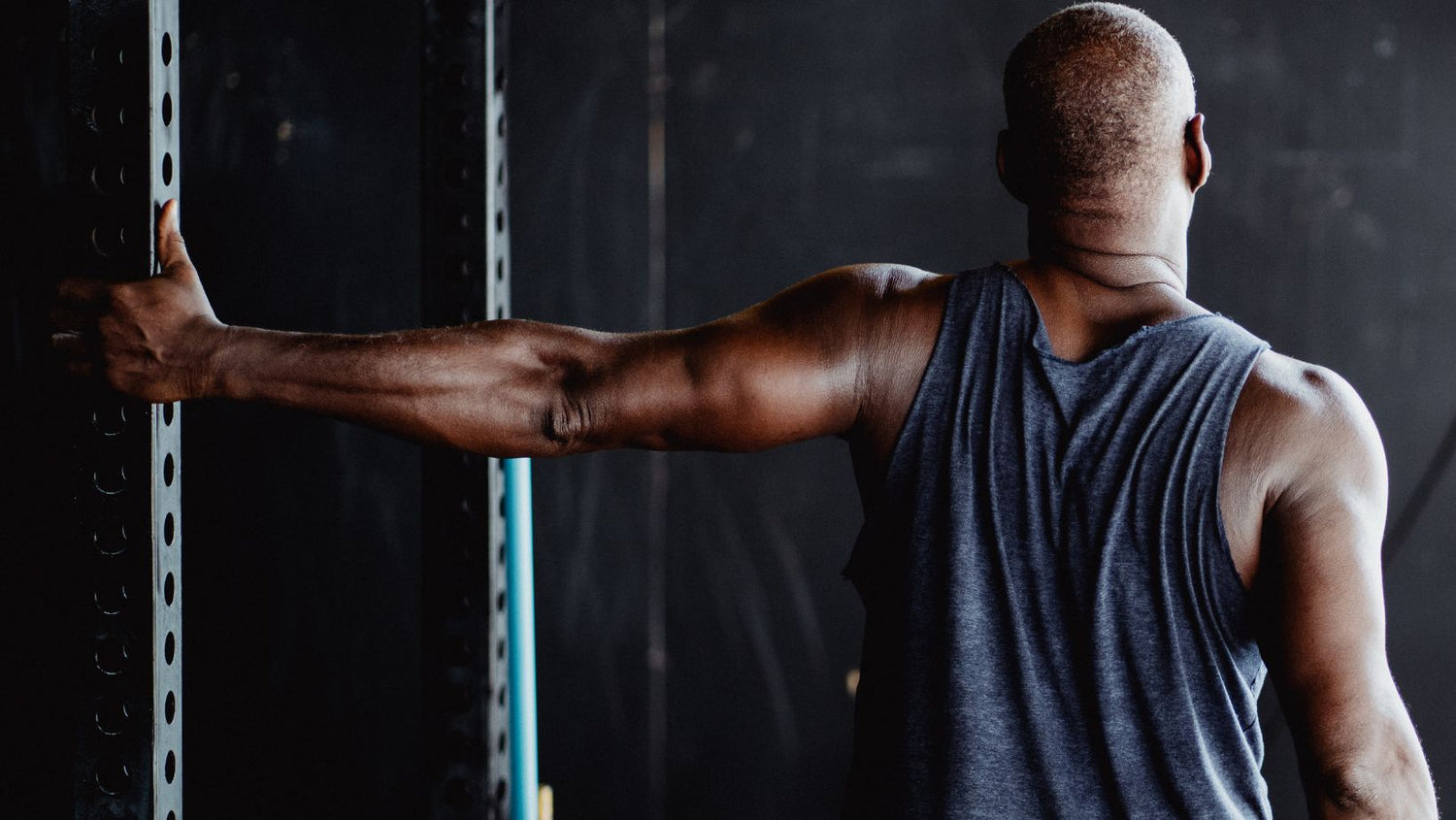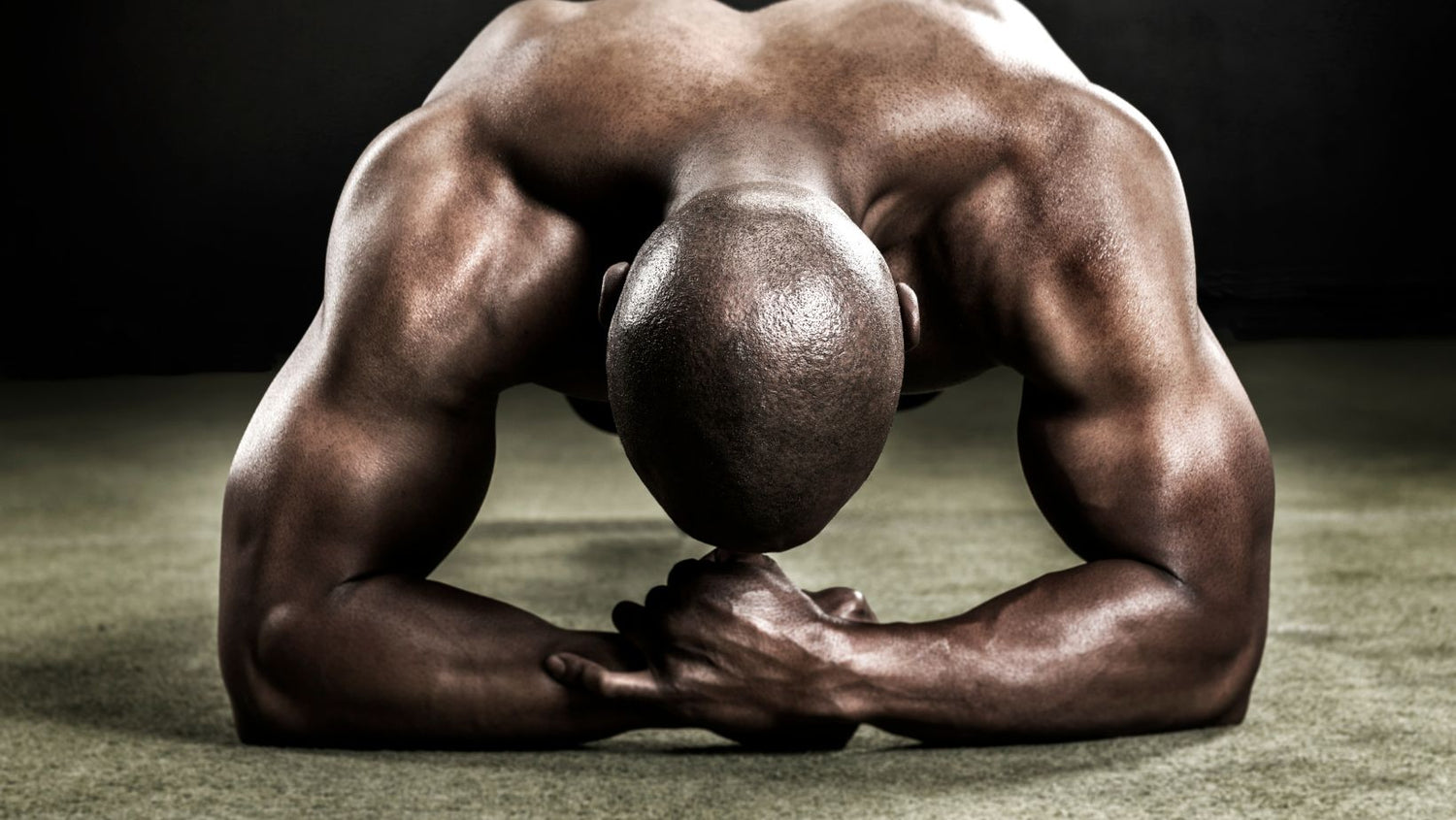Are you looking to enhance your strength, improve your body composition and boost your athleticism without dedicating time to the gym or engaging in weightlifting? If you desire to elevate your fitness level and reshape your body with equipment while having a blast it's worth considering embarking on a calisthenics workout regimen.
Calisthenics entails utilizing the resistance provided by your body weight during exercise. It involves performing a variety of movements, like push ups, pull ups, squats, lunges, planks, dips and more. By incorporating calisthenics into your routine you can develop strength, endurance, flexibility, balance coordination and mobility. Moreover it facilitates calorie burning for loss and muscle sculpting.
Nevertheless, calisthenics is not solely a challenge; it also poses challenges that demand creativity, discipline and perseverance. You must master control over your body while surpassing limitations. Experimentation with exercise variations and progressions is crucial for growth. Continuously pushing yourself every day while maintaining an attitude of learning is imperative.
Within this article's contents lie insights into the advantages of embracing calisthenics as recommendations for the most effective exercises targeting specific areas of the body. Additionally included are guidelines on progression techniques to enhance skill levels alongside a sample beginner, to intermediate level calisthenics workout plan.
After reading this article you will have all the knowledge and inspiration to embark on your calisthenics adventure.
The Benefits of Calisthenics
Calisthenics has many benefits for your health and fitness. Here are some of the main ones:
It’s convenient and accessible
You don't have to spend money on a gym membership or fancy workout gear to do calisthenics. It's an exercise that can be done anytime and anywhere, with limited space and resources. All you really need is your own body weight and, if available, a pull up bar or rings could be helpful. Additionally, you can make use of benches, stairs, walls, playgrounds or any other objects around you for added variations in your routine.
It’s adaptable and scalable
You have the flexibility to adjust any exercise according to your level and objectives. By altering factors such as angle, leverage, range of motion, speed, tempo, volume, intensity or frequency of the exercise you can make it easier or more challenging. Additionally, incorporating weights or utilizing bands can elevate the resistance level. As you gain strength and improve your skills you can gradually advance from basic to movements.
It’s functional and transferable
Calisthenics is a form of exercise that focuses on training your body as a unit rather than targeting isolated muscle groups. It helps improve your natural movement abilities and boosts your performance, in tasks and sports. Additionally it enhances core stability and body awareness which are crucial for maintaining balance and preventing injuries.
It’s fun and rewarding
Calisthenics is far from being boring or repetitive. It's a varied form of exercise. There are possibilities to explore, such as trying out exercises, variations, routines or taking on exciting challenges. Additionally, you have the opportunity to connect with a community of individuals who share your passion and provide encouragement, along your journey. Engaging in calisthenics provides a sense of fulfillment and joy every time you conquer a skill or reach a personal milestone.
The Best Calisthenic Exercises for Every Body Part

Calisthenics exercises can target every major muscle group in your body. Here are some of the best ones for each body part:
Upper body push (triceps, front shoulders, and chest)
Push ups are considered the ultimate upper body pushing exercises. They engage muscles such as the chest, shoulders, triceps and core. To make them more challenging or focus on specific areas, you can experiment with hand positions, elevate your feet or hands, adjust the depth of your movements or vary the speed of your repetitions. Another option is doing dips that involve placing your hands behind you on a bench or bars; these primarily target the triceps rather than the chest. Additionally there are variations like push ups, for shoulder emphasis and diamond push ups that put emphasis on the triceps.
Upper body pull (biceps, rear shoulders, and upper back)
Pull ups are a fundamental and important exercise. They engage muscle groups including your back, biceps, forearms and core. To make them more challenging or target areas, you have options such as adjusting grip width using different grip types like overhand, underhand or neutral grips, and modifying the range of motion or altering the speed of your repetitions. Another alternative is to perform rows where your body is positioned horizontally under a bar or rings. Rows primarily focus on working your back rather than biceps. Additionally, there are chin ups that place emphasis on biceps and inverted rows, which offer an easier alternative to pull ups or rows.
Core/abs (abs, obliques, lower back, and hips)
Planks are considered one of the exercises for your core and abs. They engage not only your abs and lower back, but your glutes, quads and shoulders. To make planks more challenging or focus on areas, you can adjust the position of your elbows, feet or hands, change the height of your hips or feet, vary the duration of each hold or modify the movement of your limbs. Another option is doing leg raises while hanging vertically from a bar or rings which primarily target the abs and hip flexors. If you want to work on your obliques try side planks. For a core workout consider incorporating hollow holds into your routine.
Lower body/legs (quads, calves, hamstrings, and glutes)
Squats are a great foundational exercise for your body and legs. They engage muscle groups including quads, hamstrings, glutes, calves, core and more. To make the exercise more challenging or focus on specific areas, you can adjust the width of your feet, the depth of your movement, the speed of your reps or even add weight to your back or front. Another option is lunges, which resemble squats but involve one leg forward and one leg back. Lunges primarily target the glutes and hamstrings rather than focusing on quads. If you're up for a challenge there are also pistol squats that work one leg at a time and require more strength than regular squats. Additionally, jump squats can be incorporated to bring explosiveness and power to your routine.
How to Progress and Improve Your Calisthenics Skills
Progressing in calisthenics is not a path. Merely increasing repetitions or weights, for every exercise won't guarantee improvement. Instead it's important to understand how to advance from easier to do exercises by modifying the variables we discussed earlier. Here are some general guidelines to help you progress and enhance your calisthenics abilities;
Start with the basics
Before attempting exercises it is important to master the basics. Make sure you have an understanding of push ups, pull ups, planks and squats, before moving on to more challenging movements like pike push ups, muscle ups, L sits or pistol squats. Remember to prioritize quality over quantity. Focus on maintaining form, completing a range of motion, and controlling your tempo. It is recommended to aim for 10 repetitions of each basic exercise before progressing to more difficult variations.
Use regressions and assistance
If there are exercises or variations that you find challenging don't give up or resort to cheating. Instead, try modifying the exercise or seek assistance to make it more manageable and gradually progress from there. For instance, if you struggle with pull ups you can utilize a band, enlist the help of a partner or even use a chair for support. Similarly, if push ups are difficult for you, consider doing them on your knees on an incline surface or with the aid of a resistance band. And if holding a plank is tough, try doing it on your hands, opt for an incline position or widen your stance, for added stability.
Use progressions and challenges
Don't get too comfortable or uninterested if you find an exercise or variation easy. Instead, challenge yourself. Strive for improvement by using progressions or adding difficulties. For instance, if you can do push ups without trouble you can try doing them on an incline using one arm or incorporating a clap. Similarly if pull ups are within your capabilities, experiment with a grip pause at the top of the movement or introduce a vest, for added resistance. When it comes to planks consider attempting them on one arm or one leg while also adding a twist to engage muscles.
Mix it up and have fun
Avoid getting stuck in a routine or doing the exercises repeatedly. Add variety and enjoyment to your calisthenics workouts. Explore exercises, try variations, experiment with diverse routines or challenges. Mix up your combinations, sequences or circuits. Consider joining a community, group or class for added motivation and support. Watch videos, read fitness blogs or follow individuals in the field. Learn from others and share your progress. Embrace the journey, towards improvement and fulfillment.
A Sample Calisthenics Workout Plan for Beginners and Intermediate Levels
To assist you in initiating your calisthenics journey we have developed a sample workout plan, for beginners and those at the level. This plan spans six weeks. Comprises four workouts, per week. Each workout centers around one of the four fundamental movement systems we previously highlighted; pushing motions for the body, pulling exercises for the body, and core/abdominal workouts and lower body/leg routines. Additionally, the plan incorporates rest days where you engage in low intensity cardio activities and stretching.
The plan is based on the following principles:
- Warm-up before each workout. Before starting your workout it's important to engage in stretches and mobility exercises. These will help prepare your muscles and joints for the activity. You can also incorporate some cardio or calisthenics exercises to get your heart rate up and improve blood flow. A rounded warm up routine should ideally last around 10 minutes, leaving you feeling energized and ready to tackle the workout.
- Follow the prescribed sets, reps, and rest periods. For each exercise there is a recommended number of sets and reps to complete. Sets refer to the number of times you repeat the exercise while reps indicate how times you perform the movement within each set. Rest periods on the hand represent the time you take between sets or exercises. These specific parameters of sets, reps and rest periods are tailored to suit your level and goals. It's important to adhere to these recommendations, for results.
- Adjust the difficulty as needed. As previously mentioned, it is possible to adjust any exercise to suit your capabilities and objectives. Various factors like angle, leverage, range of motion, speed, tempo, volume, intensity or frequency can be manipulated according to your needs. Additionally you can incorporate regressions or progressions of the exercises. The main objective is to find the level of difficulty that pushes you while still ensuring form and execution.
- Cool down after each workout. After completing your workout it's important to do some stretches and relaxation exercises to help calm your body and mind. You can also try incorporating breathing exercises or meditation into your routine to further enhance your recovery and overall well being. It's recommended to spend 10 minutes on a cool down which will leave you feeling relaxed and rejuvenated.
Conclusion
Calisthenics offers an opportunity to enhance your strength, build a physique and improve athleticism without the need for long gym sessions or heavy weights. It's a satisfying way to push yourself and enhance your abilities. By following this calisthenics workout plan you'll gain a foundation in calisthenics, discover the effective exercises for each muscle group, learn how to progress and enhance your calisthenics skills and find ways to keep things interesting while having fun with your workouts.. As a bonus you'll witness improvements, in both your overall health and fitness levels.






